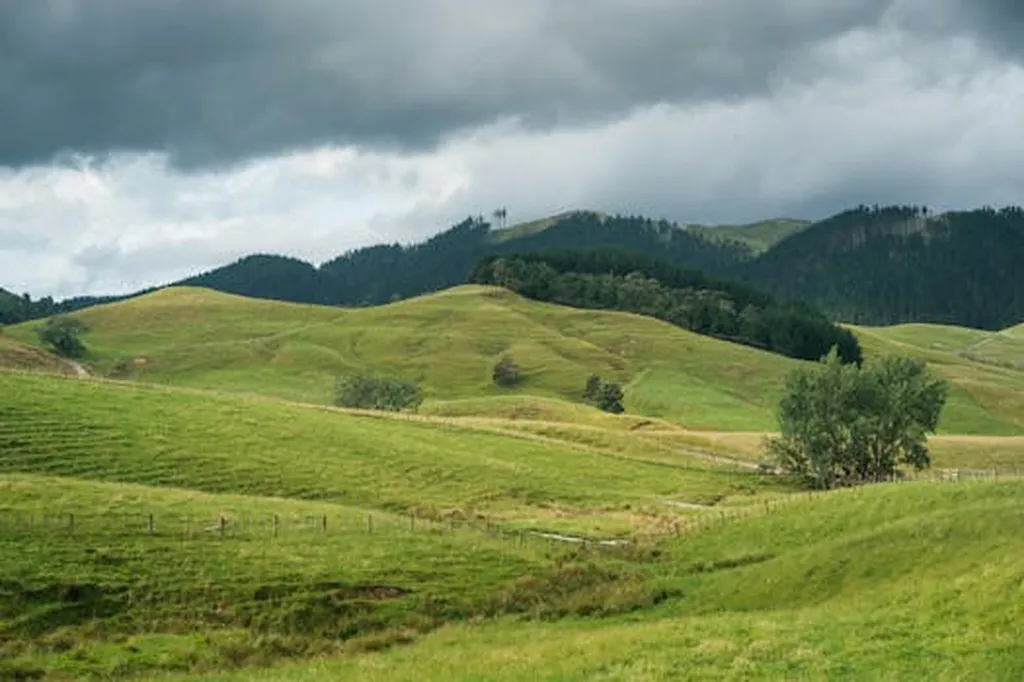In the heart of Vietnam’s Dong Nai Biosphere Reserve, a silent transformation is underway, one that could reshape our understanding of tropical forest management and its implications for the agriculture sector. A recent study published in the journal ‘Land’ has unveiled significant landscape dynamics within the reserve, including Cat Tien National Park and the Ma Da Forest, offering valuable insights for conservationists, policymakers, and agricultural stakeholders alike.
The research, led by Nastasia Lineva of the A.O. Kovalevsky Institute of Biology of the Southern Seas of RAS in Sevastopol, Russia, employed remote sensing techniques and geographic information systems to analyze changes in the Enhanced Vegetation Index (EVI), land cover, and landscape metrics between 2000 and 2024. The findings paint a nuanced picture of the region’s ecological evolution.
“Sen’s slope estimates revealed a general increase in EVI across both the core and buffer zones of the reserve,” Lineva explained. This growth was particularly notable in forested areas and regions of the buffer zone previously dominated by highly productive agricultural land. The study suggests that the core zone has maintained a relative stability in land cover, while the buffer zone has experienced increased anthropogenic pressure due to the expansion of agricultural lands, mosaic landscapes, and urban development.
The implications for the agriculture sector are profound. As natural forests become increasingly isolated and artificial plantations dominate, the transitional zones between natural and anthropogenically modified landscapes are expanding. This shift could influence agricultural practices, land use policies, and the overall sustainability of farming in the region.
Lineva’s research also highlights the growing importance of differentiated management strategies. “The human disturbance index shows a slight change in the average value across the territory, but the coefficient of variation has increased significantly by 2024,” she noted. This indicates a localized rise in anthropogenic pressure within the buffer zone, while a reduction was observed in the core zone. The study suggests that a ban on agriculture and development in the core zone, coupled with restrictions on urbanized areas in the buffer zone, could be crucial for preserving the reserve’s ecological integrity.
The findings could shape future developments in tropical forest management and agricultural planning. By understanding the landscape dynamics at play, stakeholders can make more informed decisions that balance ecological conservation with agricultural productivity. The study’s emphasis on a differentiated approach to management could serve as a model for other protected areas facing similar challenges.
As the world grapples with the impacts of climate change and deforestation, research like Lineva’s offers a beacon of hope. By leveraging remote sensing and geographic information systems, we can gain a deeper understanding of our planet’s ecosystems and work towards a more sustainable future. The study, published in ‘Land’ and led by Nastasia Lineva of the A.O. Kovalevsky Institute of Biology of the Southern Seas of RAS, is a testament to the power of scientific inquiry in driving meaningful change.

